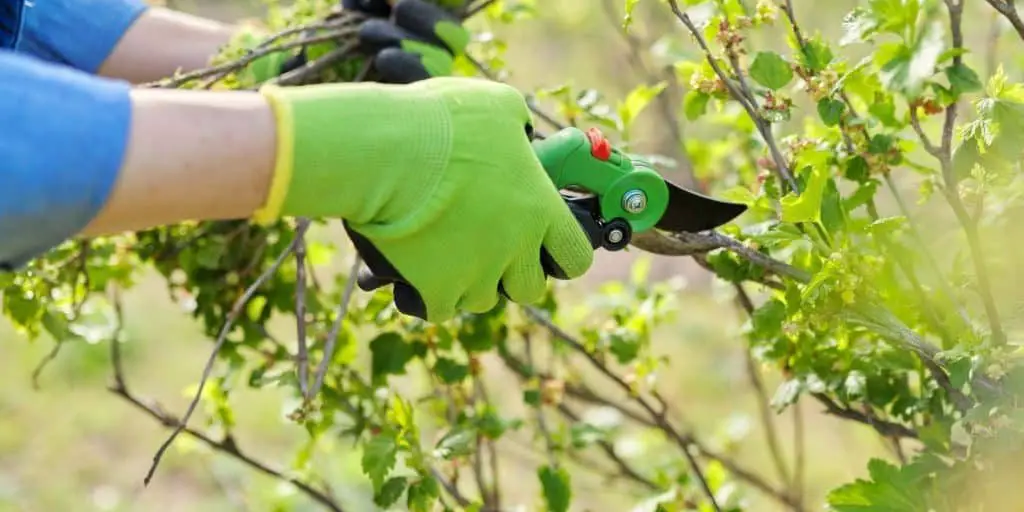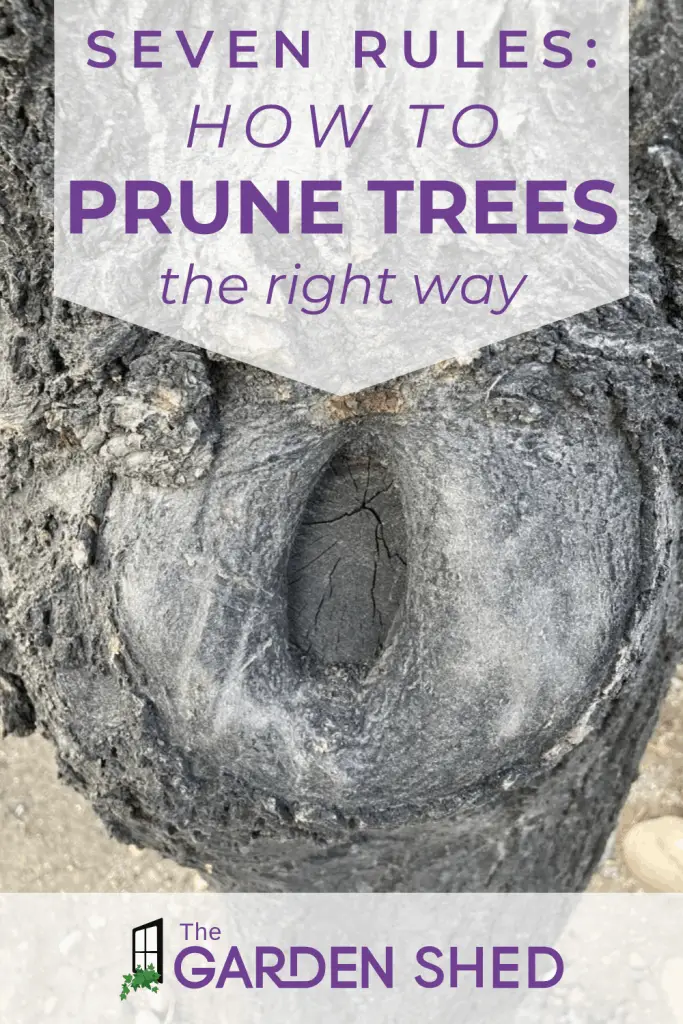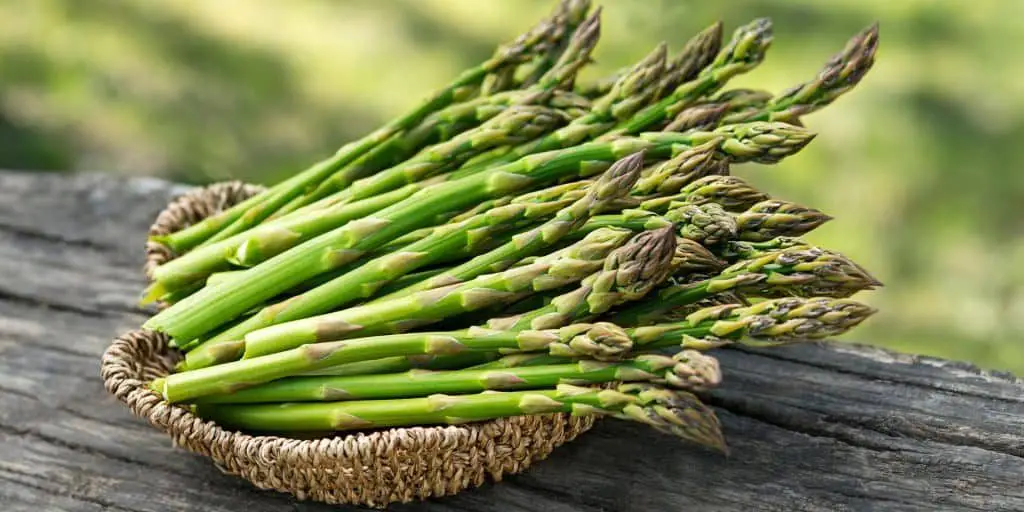
What Is The Best Time To Prune Trees?
- How to prune trees in Spring
- Rule #1: Never prune a spring-blooming tree in the spring.
- Rule #2: Don’t prune during or after wet weather.
- Rule #3: Always sanitize your tools between plants.
- Rule #4: When trimming off an entire branch, cut close to the branch collar, not the trunk.
- Rule #5: Don’t use sealants or wound dressings on your cuts.
- Rule #6: Don’t prune out more than 30% of the tree at one time.
- Rule #7: Prune for tree health.
- When should you prune spring-flowering trees?
- Can you prune in the fall, too?
Now that spring is finally here, maybe you’re wondering if you missed the best time to prune your trees during their winter dormancy. Or maybe you’re wishing that you thinned out your fruit trees so that the branches aren’t in danger of breaking this year. But good news! Even now it is not too late to prune.
Many trees (and shrubs too!) can still be pruned in early spring. The exception to this are trees that bloom in spring, such as lilacs or ornamental cherries, since they bloom on old wood and already have set their buds.
So how do you best prune trees in spring? And when do you prune spring-flowering wood? And should you prune trees in the fall, too? Let’s dive into these questions together.
How to prune trees in Spring
February through April is an excellent time to prune most trees. Although they are beginning to “wake up” from winter dormancy, their sap is still running slow and they have not put out leaves, which means you can clearly see their branch structure and where they need to be pruned. And because the weather is generally getting warmer and drier, you can prune without the risk of frost damage affecting cut areas of your tree.
There are a few simple rules for the best time to prune trees in the spring:
Rule #1: Never prune a spring-blooming tree in the spring.
These trees have already set their buds on last year’s wood, and spring pruning just robs you of their beautiful flowers. Trees that you should prune in spring are shade trees and evergreens such as maples, locusts, ashes, mugo pines, redwoods, cedars, etc.
Rule #2: Don’t prune during or after wet weather.
You want a dry weather window. Damp soil compresses very easily just from being walked on, and pruning cuts on damp leaves and branches often introduce fungi and bacteria.
Rule #3: Always sanitize your tools between plants.
This prevents the spread of bacteria and fungus from one tree to the next. Similarly, never rest the blade of your pruning shears or loppers rest on bare soil, as many of these diseases are soil borne–always prop your tools up against a wall or rock.
Rule #4: When trimming off an entire branch, cut close to the branch collar, not the trunk.
Many pruning guides will advise you to make a flat or angled cut as close to the trunk of the tree as possible, but this is an oversimplification. You do want to prune close to the trunk, but outside of the branch collar. This is a ring of specialized tissue around the base of the branch that the tree uses to form a callus over a cut. You can feel a branch collar with your fingers: it is the subtle swelling at the base of the branch.
If you cut too close to the branch collar, the tree will struggle to form a callus over the cut. If you cut too far away from it, the tree won’t be able to form a callus at all. So it is important to locate the branch collar and base your cut on that, not the trunk. This technique is known as natural target pruning.
An almost closed and a completely closed callus on a beech tree.
Rule #5: Don’t use sealants or wound dressings on your cuts.
Trees don’t need it–that’s what the branch collar is for. Although many conscientious homeowners paint these sealants on after making cuts, they are genuinely unnecessary and may even trap bacteria or moisture in the wound to fester and slowly poison the tree.
Rule #6: Don’t prune out more than 30% of the tree at one time.
Over-pruning a tree removes too much of its future foliage and thus reduces its ability to photosynthesize. The tree responds to this stress by sending out a whole bunch of new growth to make up for what it lost. These are known as waterspouts, and they are problematic because they:
- Make the tree expend a lot of its energy at once
- Tend to be weaker, more brittle wood that breaks in high winds or heavy snow loads
- Detract from the tree’s aesthetic appeal
- Create more work for you, since you’ll need to prune them out again
Although you may be tempted to do a heavy pruning on an overgrown tree, you need to think of pruning as a long game and prune in such a way that least stresses the tree. Some trees may need two of three seasons’ worth of careful pruning to restore health and aesthetics.
The exception to this rule is dead wood–feel free to cut away all of it at once, as it is no longer a part of the tree and removing it won’t affect its photosynthesis at all.
Rule #7: Prune for tree health.
Trees are living organisms, not statuary, and practices like topping, drastic limb removal, hedge shearing with a chainsaw, and over-pruning will kill them. They may not die for another ten years, but considering that most trees live for decades if not hundreds of years, this is still unacceptable.
When should you prune spring-flowering trees?
Prune trees that flower in spring in the summertime, after their bloom has finished and all the flowers have dropped. Don’t prune these trees in fall, except for very lightly, as they have already set many of their next year’s buds by that point.
Spring-blooming trees include:
- Lilac
- Forsythia
- Magnolia
- Hawthorne
- Redbud
- Golden Chain
- Viburnum
- Dogwood
- Flowering Cherry
- Flowering Plum
- Wisteria
Can you prune in the fall, too?
You can prune in fall, BUT only after the trees have dropped all their leaves, and before temperatures consistently drop below freezing. All of the rules of spring pruning that we covered above count for fall pruning, too.
Once a tree has lost all of its leaves, it has officially entered dormancy, and it won’t bleed excessively or be stressed from your cuts. This also allows you to more clearly see the shape of the tree and determine where it needs to be thinned or cut back.
Just like weather is an important factor in spring pruning, you need to be conscious of it in the fall. If you know that you have snow and/or freezing temperatures in the near future, you’re better off waiting until spring to prune.








